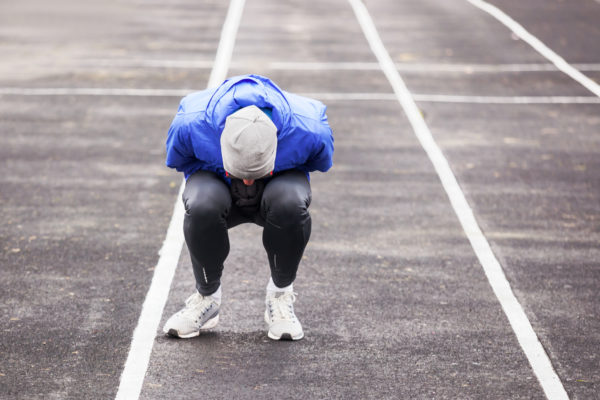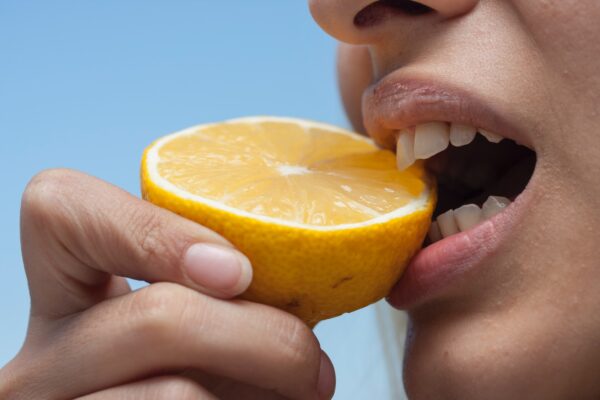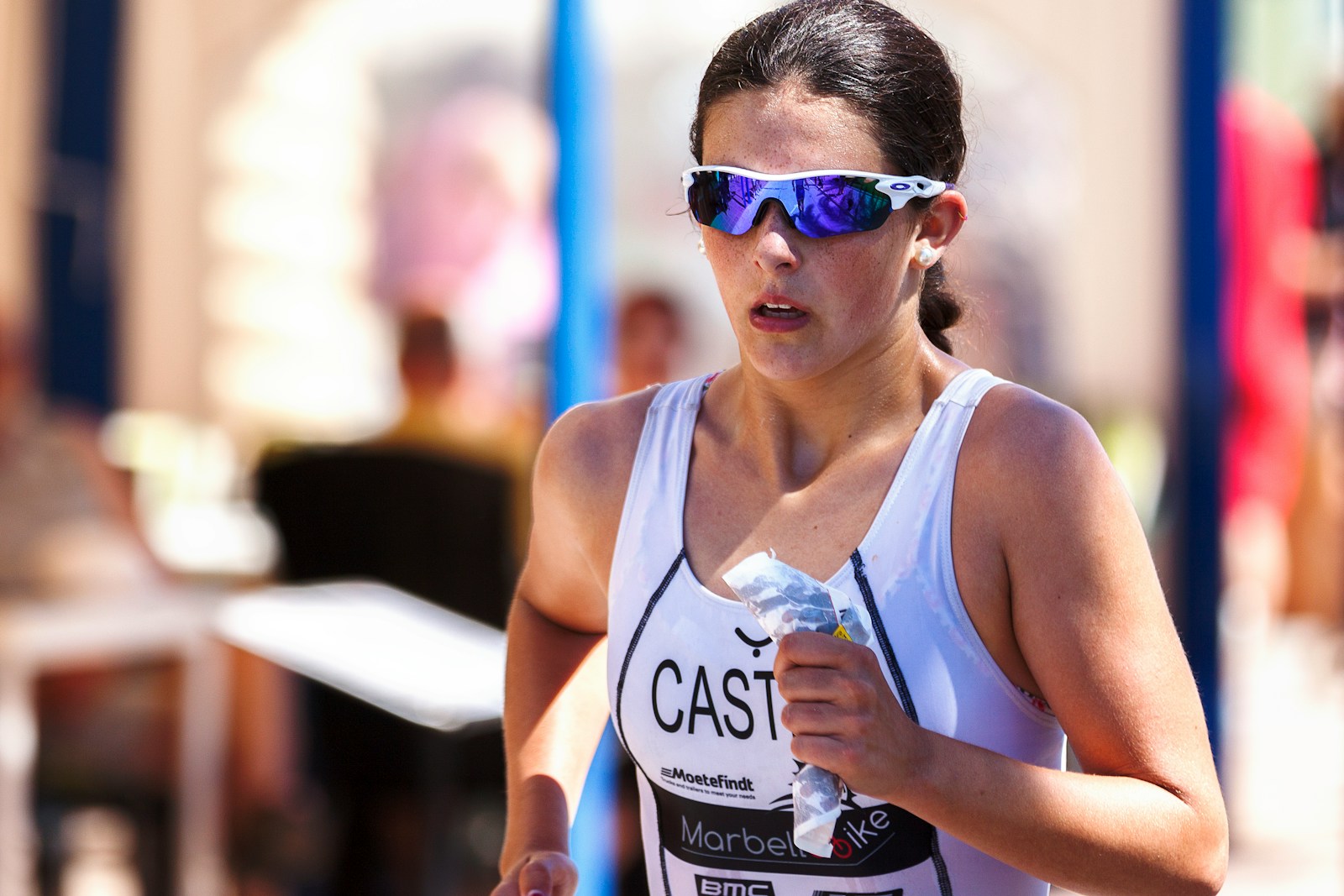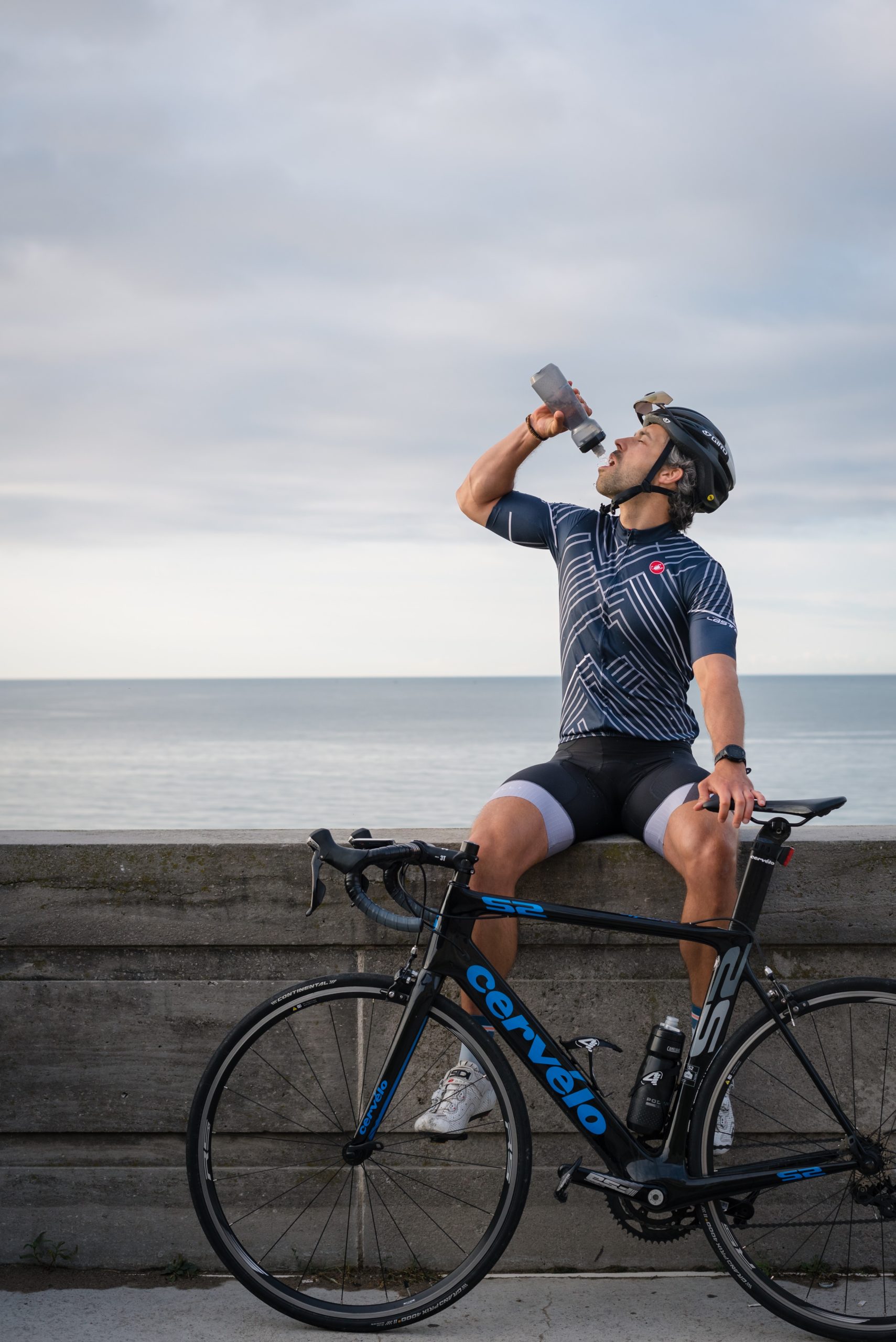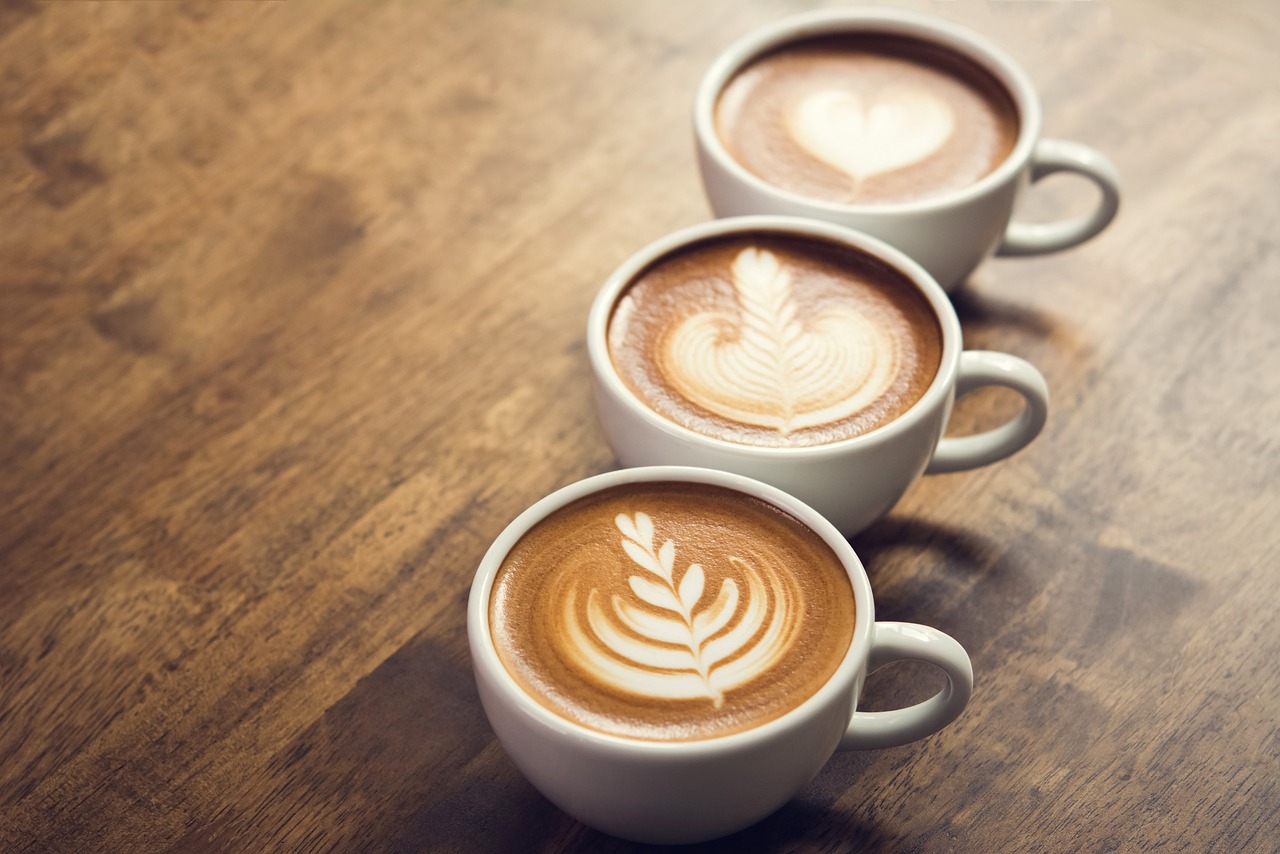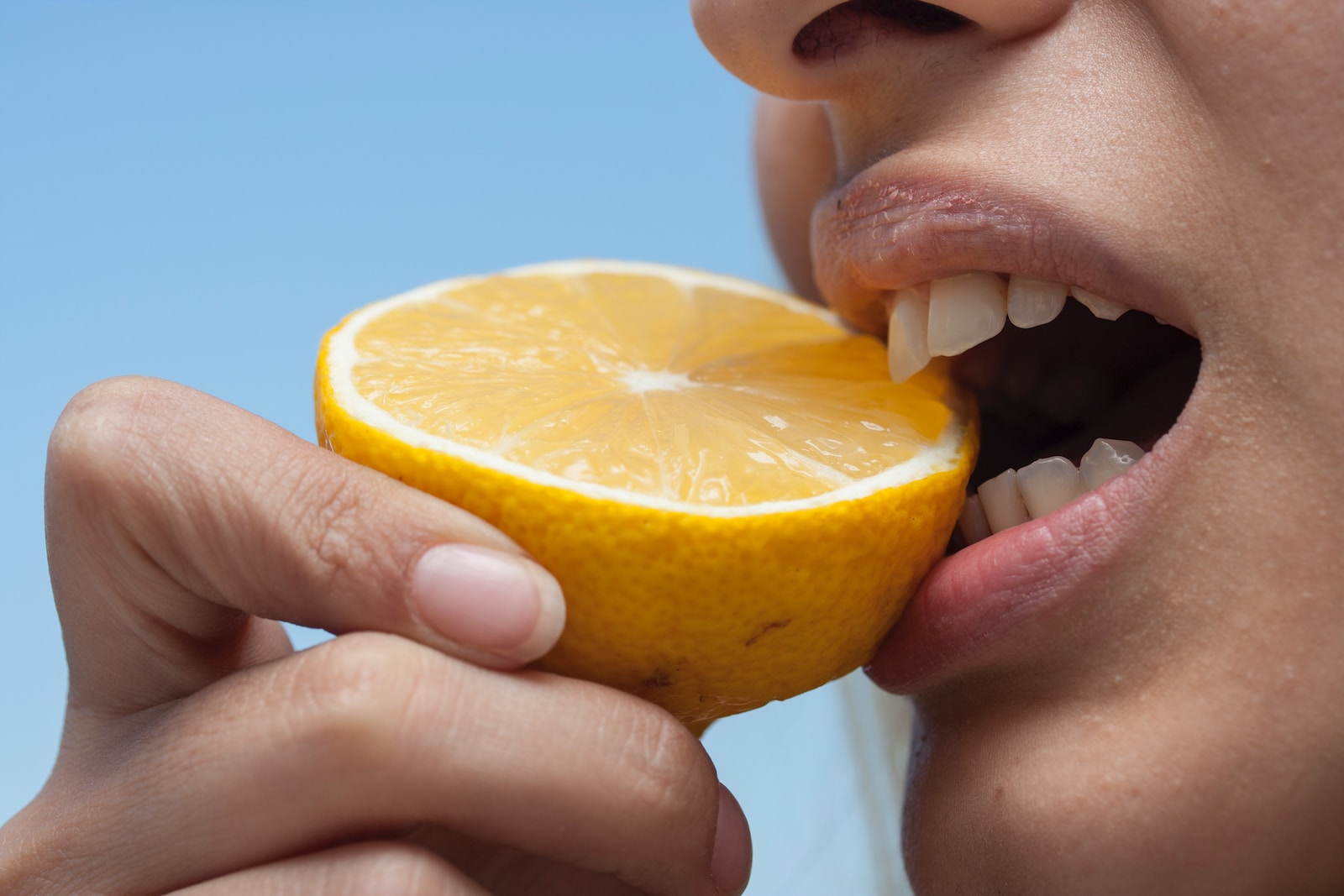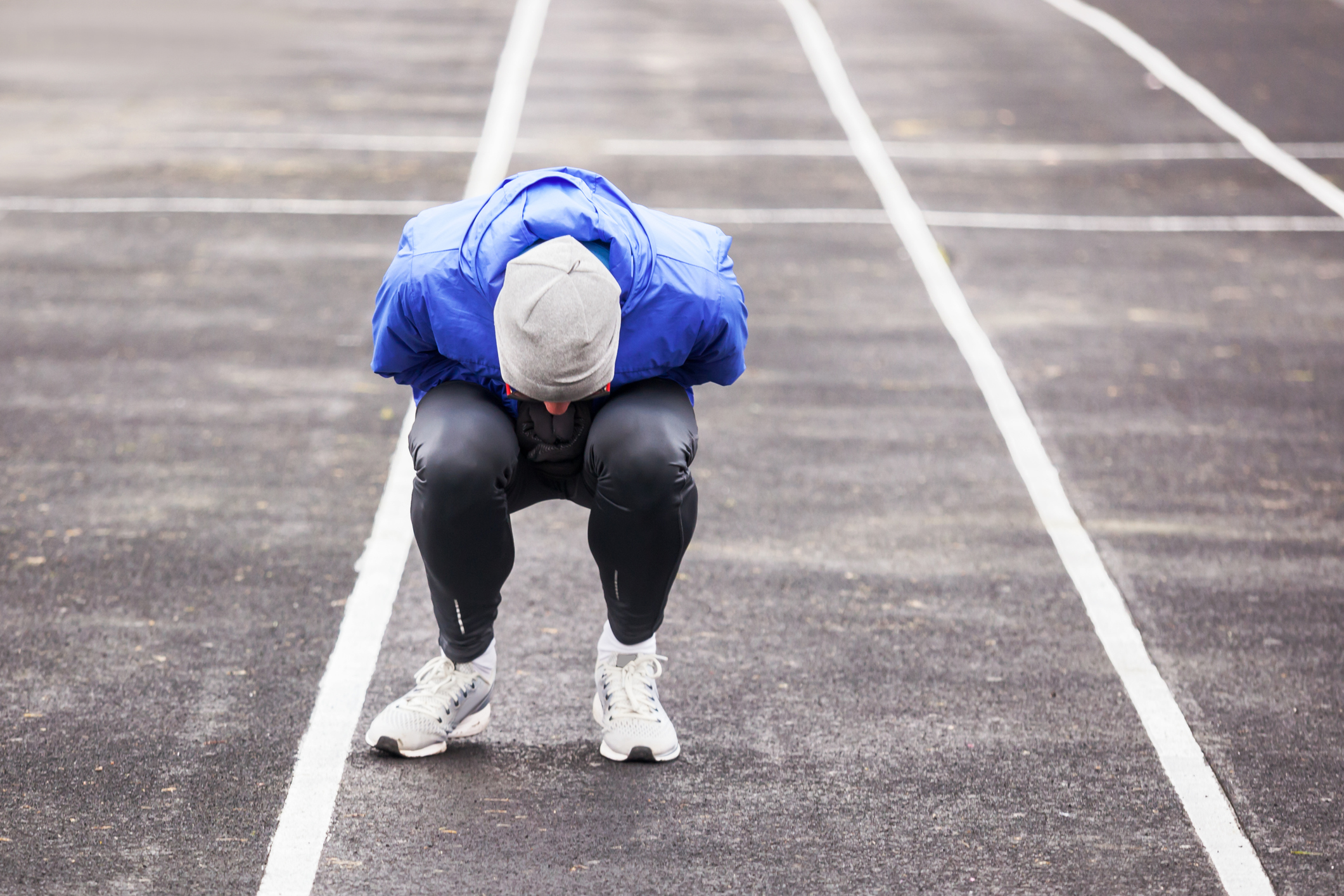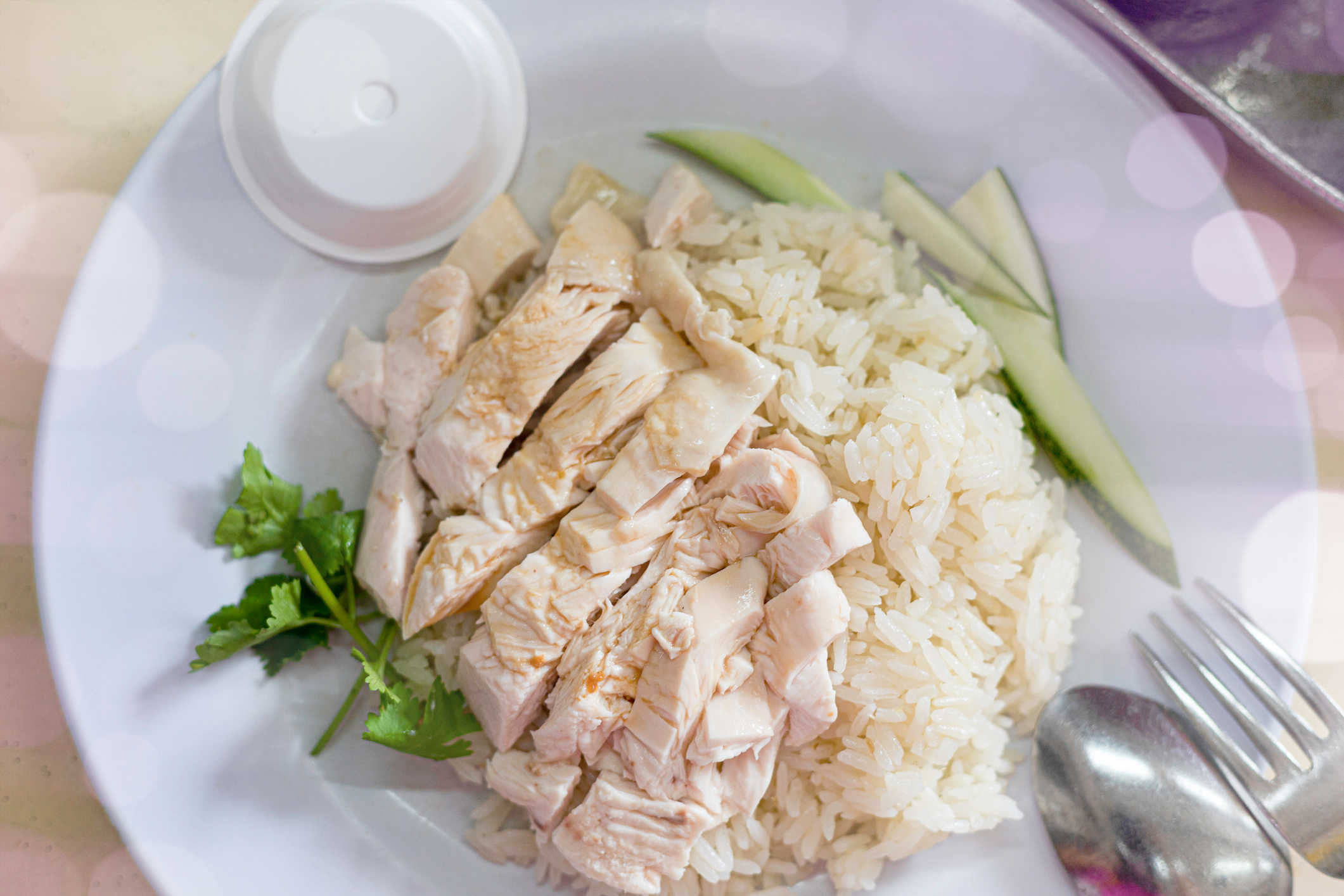Lionel Sanders Fuels with Maple Syrup. Should You?
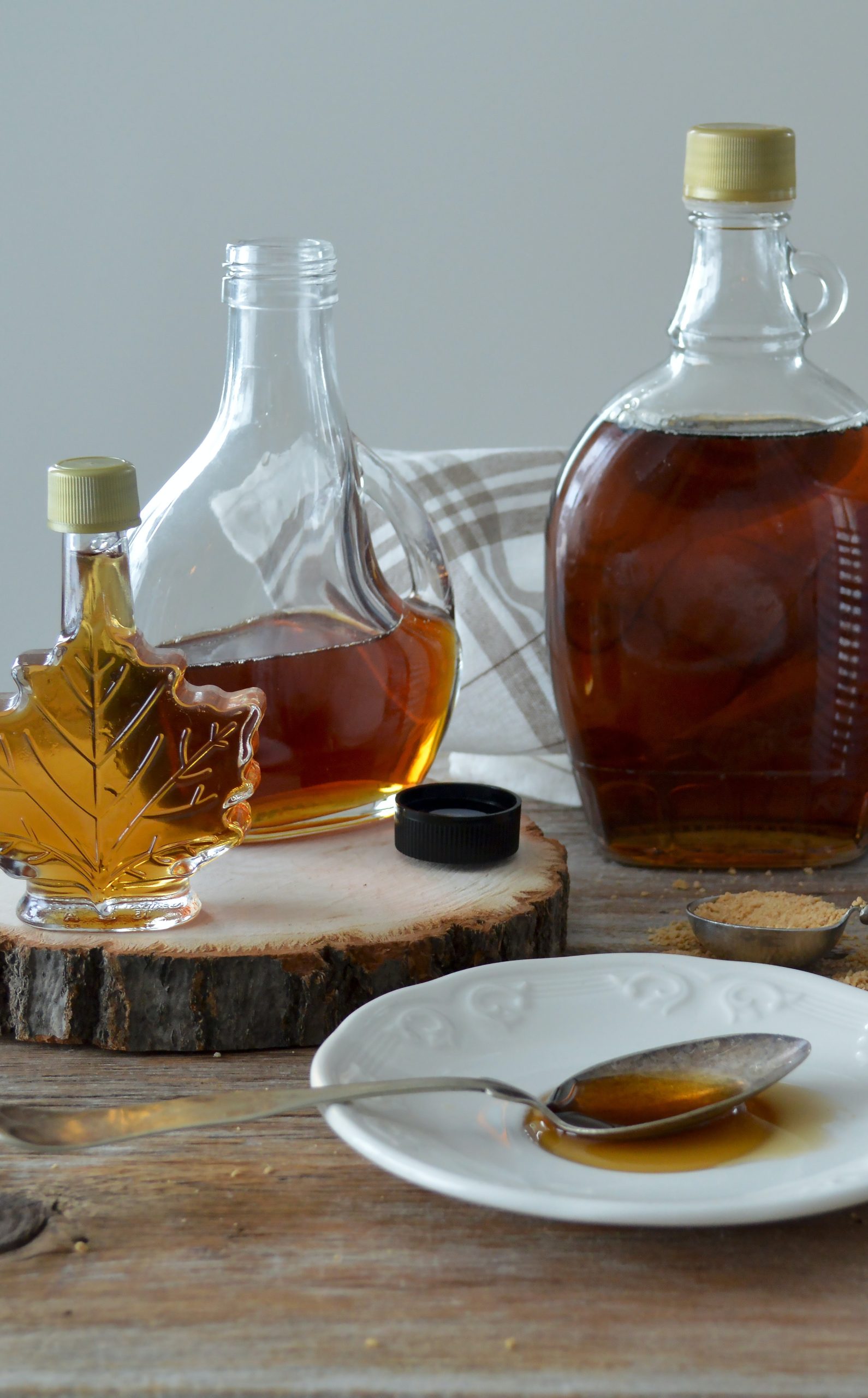
In an interview before the Ironman World Championship race, Lionel Sanders talked about his fueling strategy – which is centered around maple syrup. The video shows Sanders saying, “I really like maple syrup, I put it on my waffles, I put it on my toast….” To be clear, we are talking about real maple syrup, concentrated sap from maple trees, as opposed to artificial maple syrup, made up of high fructose corn syrup with added colors and flavoring.
Naturally, this has triathletes wondering about fueling with maple syrup themselves. At first glance, it may seem sticky and sweet, but then again, so are some gels and other popular sports fueling products. So – if you love maple syrup as much as Sanders, then let’s crunch some numbers, weigh the pros and cons and map out how to integrate it into your race day fuel plan.
The Pros and Cons of Maple Syrup as a Sports Fuel
PROS:
- Maple syrup is 33% water and 67% sugar (sucrose makes up 2/3rd of the sugar in maple syrup). Sucrose comprises half glucose and half fructose, is easily metabolized, gentle on the GI system, and stimulates the liver and muscle glycogen during exercise. In short, maple syrup is an effective fuel source during exercise.
- Maple syrup falls lower on the glycemic index at 54 due to the small amount of fructose and contains no fiber.
- A bottle of concentrated fuel such as maple syrup is a simple, easy-to-follow fuel plan. A simple fuel plan is advantageous so you can focus on racing well instead of adhering to an unnecessarily complicated fuel plan.
- You love the taste and texture of maple syrup – enough to be compliant throughout a 70.3 or IRONMAN ride.
CONS:
- The glaring drawback of hinging your bike fuel plan on a bottle of maple syrup is the unfortunate chance of a road bump ejecting the bottle into the deep abyss, as Sanders experienced in Oceanside 70.3. However, having a plan B fuel strategy is essential regardless of your fuel plan. In the case of a bottle rocketing off the bike, be sure you can tolerate the sports drink on the course, Gatorade Endurance, just as well, and the Gatorade bottles fit into your bike bottle cages.
- Maple syrup can be an effective fuel source, but as with all non-liquid sports fuel products consumed alone, it is not hydrating.
- Consuming a high concentration of carbohydrates (carbs) or maple syrup can lead to dehydration as fluids are pulled from the bloodstream into the intestine to dilute the hypertonic mixture before the body can absorb it. This can lead to lower gastrointestinal (GI) distress. So, prioritizing a hypotonic sports drink of <5% carb concentration or water by taking frequent sips throughout the workout is key to optimizing hydration and warding off GI issues.
- In the interview, you may have picked up that Sanders added salt to his bottle of maple syrup. Salt, namely sodium, helps offset dehydration by facilitating the absorption of fluids. Since maple syrup doesn’t contain sodium, be sure to add it to the bottle to counteract dehydration and an eventual decline in performance.
- During a training session, if the taste is turning you off or your stomach, it’s a check in the nope column.
How to Fuel with Maple Syrup
If you fall in the category of “Yes, I’m channeling my inner Canadian and really like the stuff more than just on waffles and toast,” here’s what you need to know to incorporate it into your race day fuel plan.
1 Tablespoon (TBSP) maple syrup = 13g carb, 52 calories; 1 TBSP = 0.5 ounces.
One gulp is approximately 1 TBSP or 0.5 ounces.
Note: the portion size of a gulp will vary based on the individual.
Recommended sports fueling per hour of exercise/racing.
- Up to 2.5 hours: 30-60g carb, 250-1000mg sodium and 20-32oz fluids
- 2.5 hours or more: 60-90g carb, 400-1,000+ mg sodium and 20-32oz fluids.
Sports fueling guidelines with maple syrup.
- 30g carb/hour = a gulp every 25 min.
- 40g carb/hour = a gulp every 20 min.
- 50g carb/hour = a gulp every 15 min.
- 60g carb/hour = a gulp approx. every 12-13 min.
Although you may love maple syrup enough to take a swig every 12-13 min for an IRONMAN distance ride, increasing the frequency and intake above 60g carb per hour may be an overload in maple goodness. And taking in more than one gulp (up towards 20g carb/serving) of syrup at once will overconcentrate the gut creating a hypertonic environment that leads to the gut shutting down.
Keep in mind, you don’t necessarily need to replace all aspects of your proven sports fuel plan for maple syrup. For example, begin with supplementing maple syrup in place of one fuel source but keep your hypotonic sports drink. Or start by substituting maple syrup in place of a sports product for one hour of a long ride, then resume your tried-and-true plan. Rinse and repeat in training until you find a system that works for you in race-similar conditions and intensities.
In creating a successful sports fueling plan, determining what you like is key to compliance, but equally as important is how the body responds and what will be the easiest to use and execute on race day. One thing is for sure, the simpler the plan, the easier it is to pull off so you can shift your focus to race execution and mindset, which Sanders has clearly dialed in!
Comparing maple syrup to well-established and familiar sports products may help integrate it into your current fuel plan. Here are some popular sports fueling products.
- 0.5oz/gulp maple syrup 13g carb
- 1 Gel 20-25g carb
- 1 Clif Blok 8g carb
- 1 Gatorade chew 4g carb
- 1 Honey stinger waffle 21g carb
- 1 Gu Chomp 5.75g carb
- 1 Skratch chew 4g carb
- 1 Bonk breaker chew 7.5g carb
- ½ Clif Sports Bar 20-21.5g carb
You may be wondering, what about honey? At a glance, honey and maple syrup seem similar, but they aren’t, and here’s why! Honey is mostly fructose which attributes to the sweet taste. To convert fructose into glucose (useable energy), it must go to the liver first. This process is slow, may lead to GI distress, and causes a decrease in glucose availability for the working muscles. And honey is higher on the glycemic index than maple syrup. All good reasons why Sanders is dipping into the maple syrup and not the honey jar.
Hydration
A well-formulated sports fuel/hydration plan isn’t complete without sodium. Sanders mixed sodium in his maple syrup bottle, which sounds like a yummy concoction of salty and sweet. Depending on your sweat rate, session duration, and heat/humidity, add the appropriate amount of sodium to support your body’s needs and performance.
For every 12.5 g of carbs or a gulp of maple syrup, we need at least 6-8 ounces of water or hypotonic sports drink to promote gastric emptying, optimize hydration, and ward off GI distress. So, always have water handy on your bike to support frequent sips throughout the workout.
Final Word
Just because a particular fuel works for a pro or your training buddy doesn’t mean it’s right for you. No matter your fuel strategy, make sure it’s palatable, easy to follow, and supports your body’s needs. When introducing a new sports fuel, start with shorter, supporting aerobic sessions and extend to longer, race-like training sessions if you get a green light. Finally, repeatedly test drive your sports fuel plan in training to dial in the right combination of fuel that will support you the best on race day.

